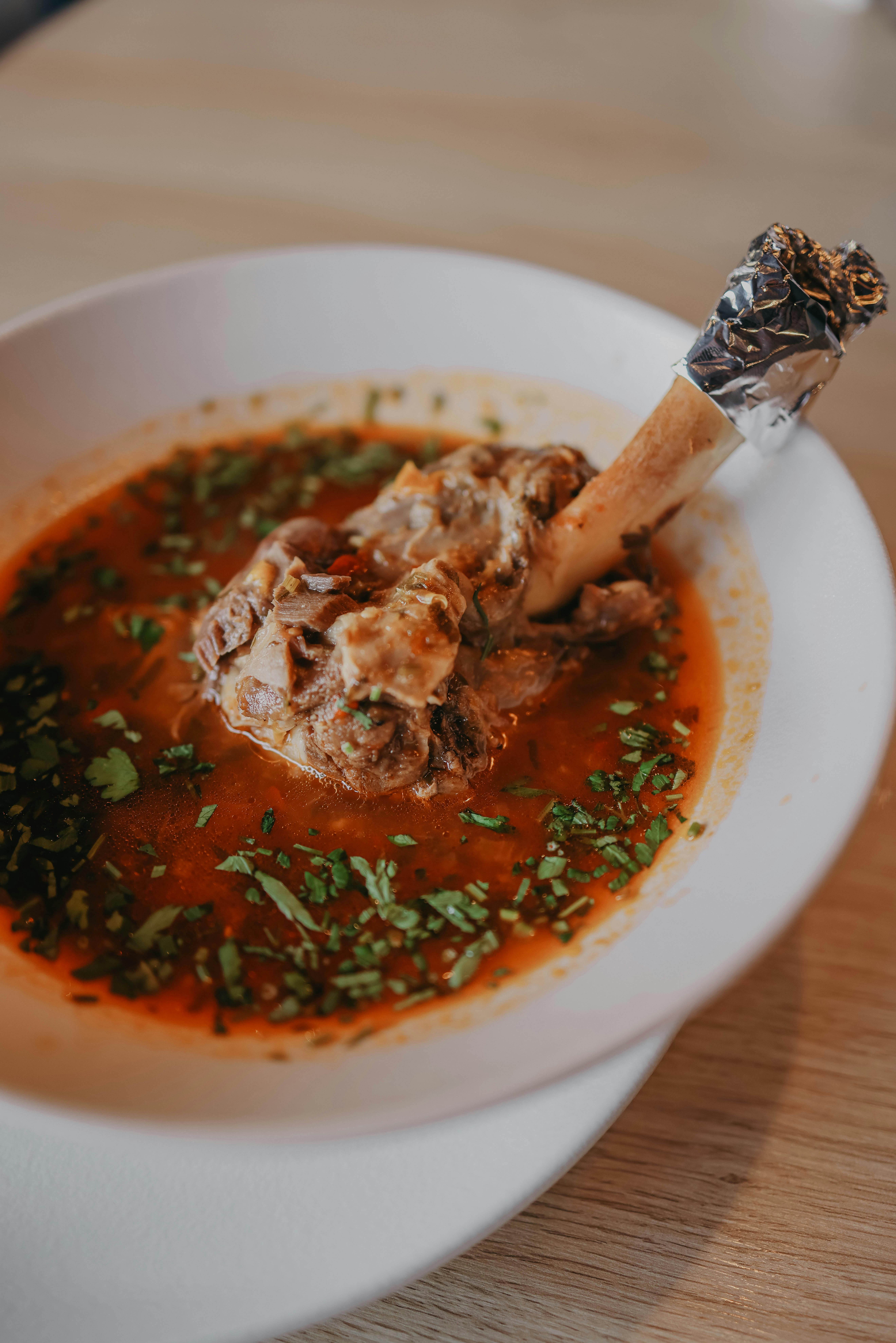
Apply Now


Understanding the 1300 Calorie Diet and Its Benefits
The 1300 calorie diet is a structured weight loss plan aimed at reducing daily caloric intake to facilitate effective weight management. This approach emphasizes mindful eating and portion control, making it a practical choice for individuals seeking to shed pounds sustainably. It is essential to comprehend the underlying principles of a 1300 calorie diet to appreciate how it can lead to healthier eating habits and improved overall wellness. By limiting caloric intake to 1300 calories, participants can create a caloric deficit—essentially consuming fewer calories than they expend—which is crucial for weight loss. This diet not only encourages weight loss but also promotes better nutritional awareness, enabling individuals to make smarter food choices. Incorporating nutrient-dense foods rich in vitamins and minerals is vital in this diet plan to ensure all essential nutrients are consumed while adhering to calorie limits. Moreover, planning meals effectively plays a crucial role in the 1300 calorie diet. By mapping out meals and snacks, individuals can maintain portion proportions and avoid impulsive eating decisions. Building a foundation on the basics of nutrition helps in understanding which foods to prioritize, making this diet not just another weight loss plan, but a step toward a healthier lifestyle. In this article, we will explore practical meal planning strategies, delicious low-calorie recipes, and important insights into sustainable weight loss.Meal Planning Strategies for the 1300 Calorie Diet
Building your meal plan effectively can be the cornerstone of success in following a 1300 calorie diet. It involves understanding portion control and making informed food choices that keep you satisfied while staying within your calorie goals.Developing a Structured Meal Plan
Creating a structured meal plan involves outlining your meals for the week, focusing on nutrient-dense foods that offer maximum health benefits with minimal calories. A well-designed meal plan should balance macronutrients—proteins, fats, and carbohydrates—ensuring that your body receives essential nutrients while adhering to caloric restrictions. Consider incorporating a variety of foods from different food groups, such as lean proteins, whole grains, vegetables, and healthy fats. This dish variety not only satisfies frequent cravings but also helps in managing emotional eating by providing a range of flavors and textures.Portion Control Techniques
Practicing portion control is crucial for success on a 1300 calorie diet. Utilizing smaller plates, measuring food portions, and being mindful during meals can significantly impact how much food is consumed. A common mistake is underestimating portion sizes, which can lead to exceeding your caloric goals. By familiarizing yourself with standard serving sizes, you can better gauge how much food you should be eating. For instance, one portion of protein should roughly equal the size of your palm, while vegetables might be consumed in larger quantities due to their low-calorie content. Remember, achieving a balance between portion sizes and meal frequency can help maintain consistent energy levels throughout the day.Incorporating Snack Ideas for Sustenance
Snacking is a significant aspect of meal planning on a 1300 calorie diet. Healthy snacks can curb hunger between meals and provide energy. Focus on nutrient-rich snack ideas such as fresh fruits, raw vegetables with hummus, or air-popped popcorn—options that are satisfying without adding excessive calories. Mindful eating plays a crucial role in snacking; take the time to enjoy your snacks and recognize your body’s hunger signals. This can prevent overeating and promote healthier relationships with food, steering clear of unnecessary caloric intake.Low-Calorie Recipes for the 1300 Calorie Diet
Delicious and nutritious recipes are essential to maintaining interest and satisfaction while following the 1300 calorie diet. Preparing meals at home not only allows for better portion control but also empowers individuals to make healthier adjustments based on dietary preferences.Creating Balanced Meals
Balanced meals on a 1300 calorie diet should consist of a healthy mix of protein, carbohydrates, and fats. For instance, grilled chicken served with quinoa and steamed broccoli makes a nutrient-dense option. This dish not only aligns with caloric guidelines but also provides essential nutrients. Consider utilizing spices and herbs to enhance flavors without adding calories. Learning various cooking methods—such as steaming, baking, and grilling—can help preserve nutrients while keeping meals appealing.Delicious Plant-Based Meal Ideas
For those interested in plant-based options, developing low-calorie recipes with beans, legumes, vegetables, and whole grains can satisfy cravings while remaining within calorie limits. A quinoa salad with black beans, corn, diced tomatoes, and an avocado dressing creates a delightful and filling meal. Understanding how to replace calorie-dense ingredients with healthier alternatives can provide enjoyable meals without guilt. For example, replacing traditional pasta with zucchini noodles can lower calorie counts significantly while still enjoying a comforting dish.Snacks to Complement Your Diet
Healthy snacks complement meals and provide ongoing energy throughout the day. Here are a few simple low-calorie snacks for the 1300 calorie diet: - Greek yogurt with berries - A handful of nuts (keep to small portions!) - Veggie sticks with homemade salsa These options not only satisfy cravings but also align with the nutritional goals of the diet.Essential Nutritional Guidelines for the 1300 Calorie Diet
Understanding dietary guidelines is fundamental in successfully managing the 1300 calorie diet. These guidelines encompass balanced meals, macronutrient distribution, and hydration strategies necessary for sustaining weight loss goals.Macronutrient Distribution
Achieving the right macronutrient distribution—typically around 40% carbohydrates, 30% protein, and 30% healthy fats—helps in maintaining energy levels while adhering to caloric restrictions. This balance ensures your body has enough energy to function optimally and encourages the preservation of lean muscle mass during weight loss. Focus on including lean protein sources like chicken, fish, or plant-based proteins such as tofu and legumes, as these can keep hunger at bay and support muscle recovery. Healthy fats from sources like avocados and nuts also contribute to satiety and overall health.Hydration and Its Importance
Hydration is often overlooked but plays a vital role in weight management. Drinking water can help control hunger and may prevent overeating. Aim for at least eight glasses of water daily to stay hydrated; this can also promote optimal metabolic functioning and increase energy levels. Incorporating water-rich foods such as cucumbers and watermelon into meals can also contribute to your hydration needs while adding extra nutrients without significant caloric intake.Understanding Calorie Counting
Calorie counting is essential for successfully navigating a 1300 calorie diet, encompassing keeping track of daily food intake to ensure you stay within your daily caloric goal. Using food diaries or apps can simplify this process, helping to monitor what you eat and stay accountable. Understanding how to read nutrition labels will also enhance your calorie counting efforts. Knowledge of caloric content and serving sizes helps you make informed choices while grocery shopping, supporting your dieting goals and ensuring healthy swaps when needed.Exercise Integration and Lifestyle Changes
Incorporating exercise into your routine is an essential complement to dietary changes—integrating regular physical activity leads to better metabolic health and supports ongoing weight loss efforts.Effective Exercise Routines
Creating an effective exercise routine doesn't have to be complicated. It typically should include a mix of cardiovascular exercises and strength training for balanced fitness. Aim for at least 150 minutes of moderate aerobic activity or 75 minutes of vigorous exercise each week while including strength training on two or more days. Consider activities such as walking, jogging, cycling, or swimming which can align well with dieting goals and help in managing stress, contributing to holistic health.Adopting Sustainable Lifestyle Changes
Sustainable lifestyle changes go beyond just a calorie-restricted diet. Focus on cultivating healthy eating habits, establishing a supportive environment, and practicing mindful eating techniques. Emphasizing long-term choices over short-term solutions fosters improved body composition and overall well-being. Making gradual adjustments rather than extreme changes is key—this gradual approach encourages lasting weight loss success. Surrounding yourself with supportive friends or networks can also play a critical role in maintaining motivation over time.Addressing Challenges in Weight Loss
Weight loss can come with numerous challenges, including managing cravings and emotional eating. Understanding the triggers for these behaviors is crucial. Create strategies to cope with cravings, such as finding healthier alternatives or engaging in more physically active hobbies. Sometimes, consulting a health professional, such as a registered dietitian or nutritionist, can provide personalized support and accountability. Incorporating stress-reduction techniques like yoga or meditation can help manage emotional food responses and support long-term success.Conclusion and Key Takeaways
The 1300 calorie diet is a structured weight loss plan that involves mindful eating, meal planning, and focusing on nutrient-dense foods. Adopting effective strategies in meal preparation, understanding portion control, and incorporating physical activity can lead to sustainable weight loss and healthier lifestyle habits. When following the 1300 calorie diet, remember to prioritize hydration, nutrition balance, and emotional health—this holistic approach fosters not just weight loss but overall well-being. By utilizing practical meal prep ideas, low-calorie recipes, and healthy snacks, this diet can be both enjoyable and effective. For comprehensive support and tools to make this dietary journey successful, visit here for more resources.
